Using knitr and Rstudio, I'm trying to print a dataframe to HTML or Word, so that the leading whitespaces in versicolor, will push versicolor to the right.
#data
library(knitr )
library(xtable)
df <- iris[c(1,51),c(5,1)]
df$Species <- as.character(df$Species)
df$Species[ df$Species=="versicolor"] <- " versicolor"
Trying different combinations of kable()...
#table
kable( df)
kable( df, right = FALSE,align = c("l", "l" ) )
kable( df, right = FALSE,align = c("r", "l" ) )
I get this:

...or this:

But I'm trying to get this:
